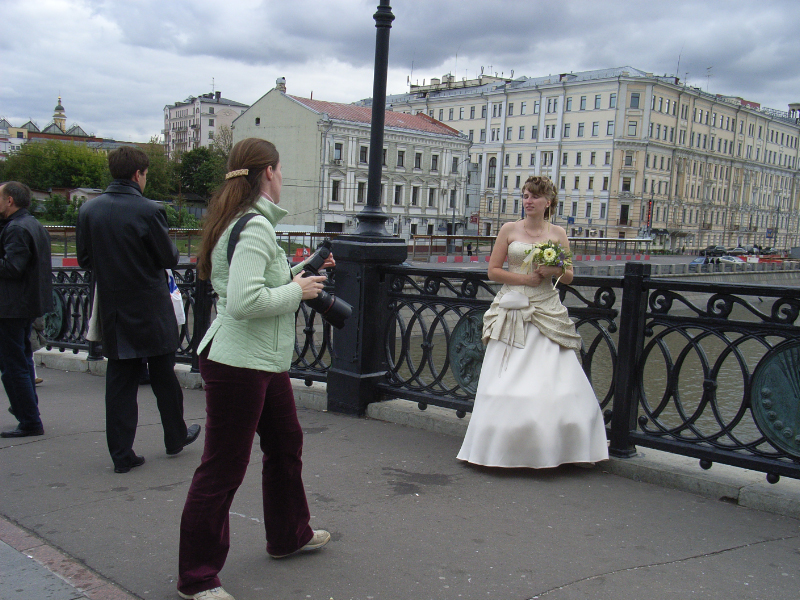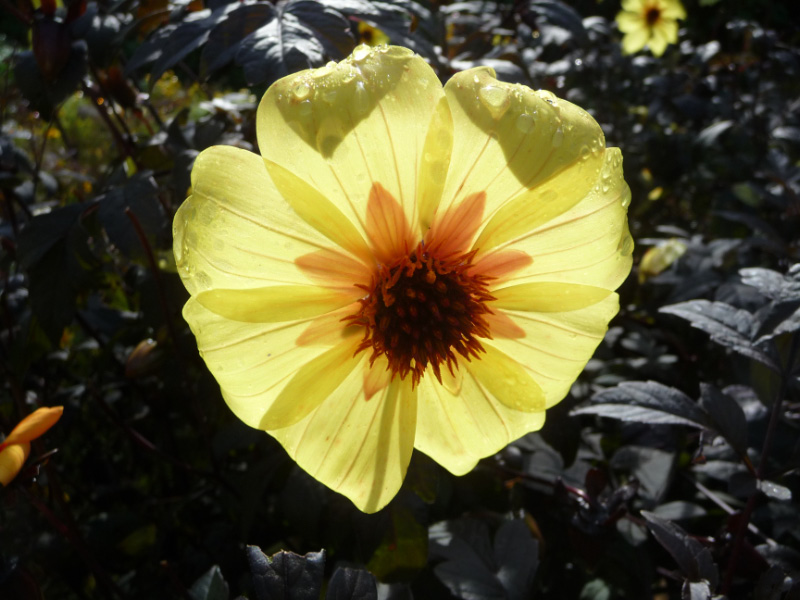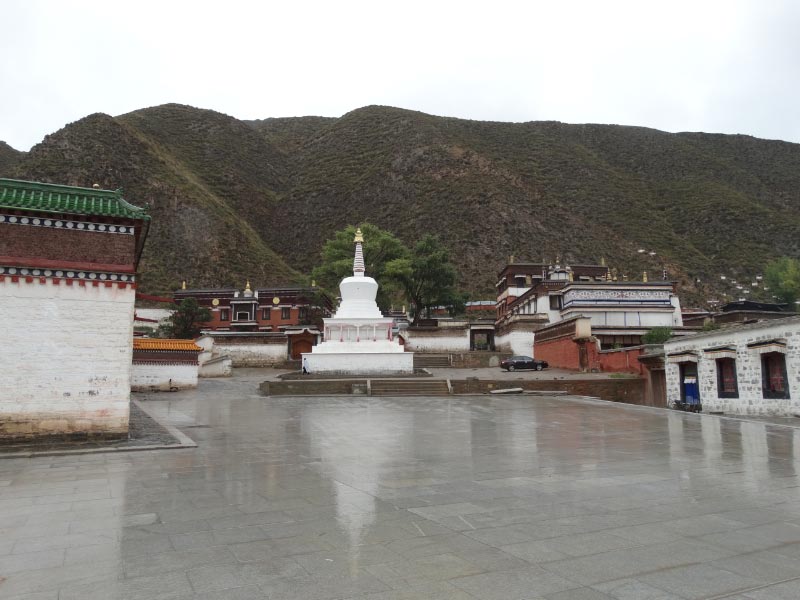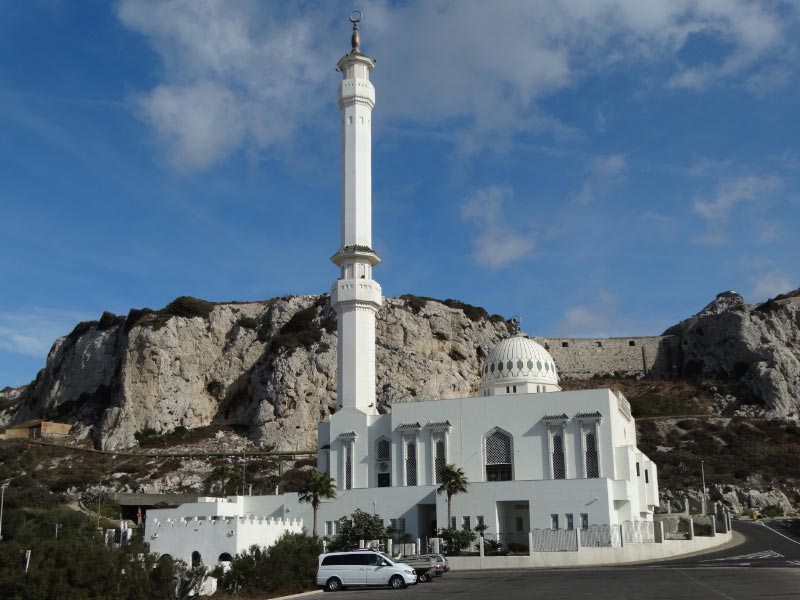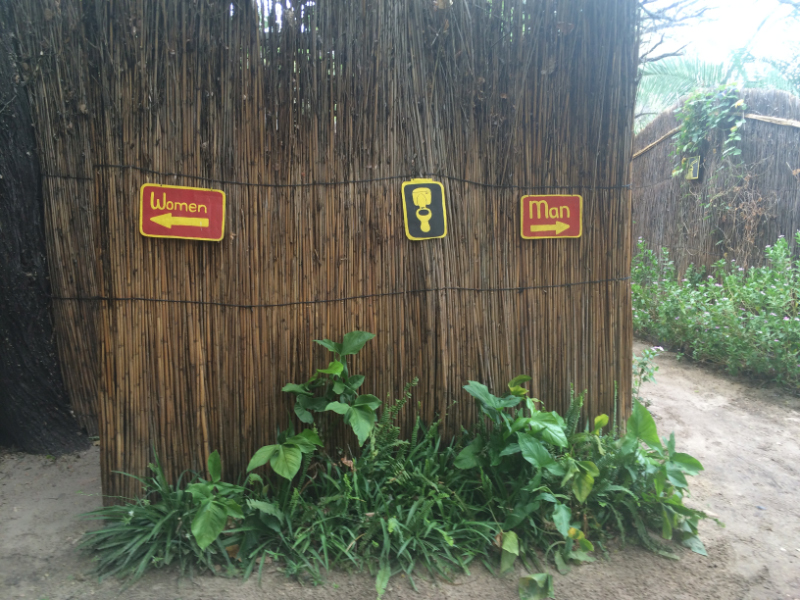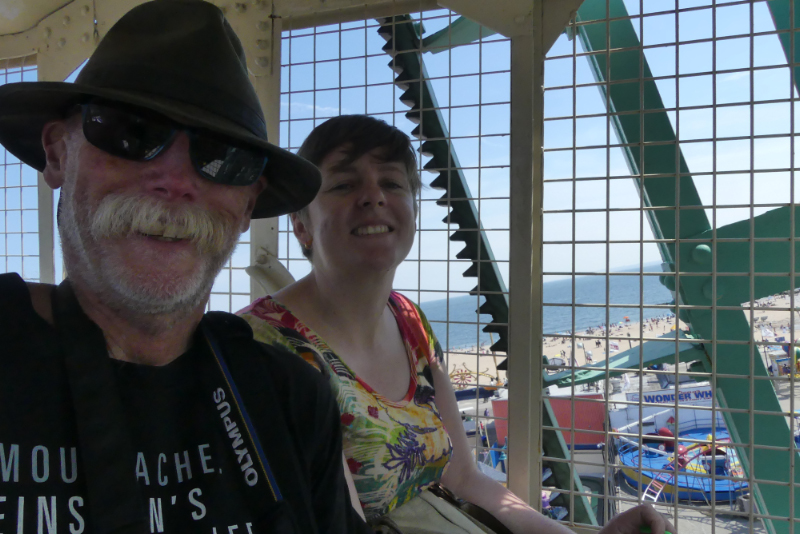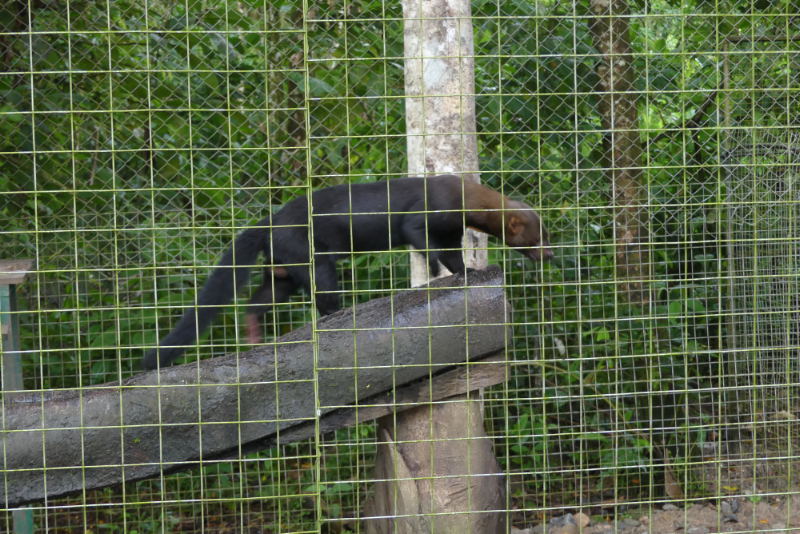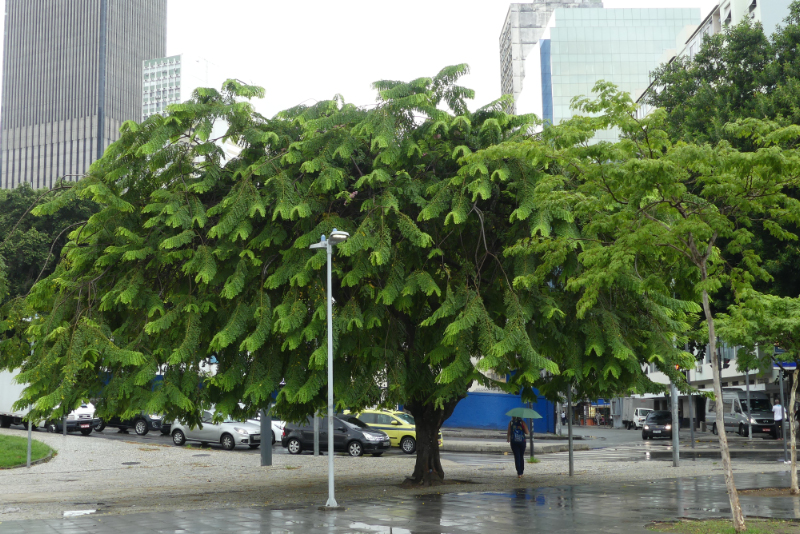Wednesday 16 and Thursday 17 August
We left Savonlinna and explored more of the lakes to the south. We drove through a narrow esker called the Punkaharju Ridge, with the lake almost lapping both sides of the road. It is a beautiful place that has inspired poets and painters for hundreds of years.
As we continued we were within metres of the Russian border.
We tried to book into Lameenranta, which is a popular holiday destination for the lake and history, but couldn’t find a room so we found accommodation in nearby Imatra.
As it turned out, this was a very much smaller place, famous for the rapids that joined two lakes, Saimaa Lake and Ladoga Lake across the border in Russia, via the Vuoksi River. Lake Saimaa is the largest lake in Finland and was formed by glacial melting at the end of the Ice Age. The change in water level causes water to move east after a rocky barrier was broken 5,000 years ago.
In 1722 the Empress Catherine II of Russia visited the falls, making them a popular destination for tourists during the 18th and 19th centuries. In 1842 Nicholas 1 declared the area the first conservation forest in Russia. Tourism dwindled in the 1920s and the rapids were converted for hydro, becoming Finland’s major source of hydro power.
The rapids still flow occasionally during the summer months, but not right now as the hydro system is under renovation. We really were saddened to see that what was one of Finland’s greatest tourist attractions is no longer there.
We did walk around Nicholas’ forest and look at the pot holes created by wind and rain and the ‘rock art’ or signatures left by past visitors to the falls, some dating back to the 1700s. One of the most famous was Dom Pedro II, the emperor of Brazil, who marked his visit on 27 August 1876.
There is an ornate hotel set on the cliffs overlooking what should have been the rapids.
Clearly summer is coming to an end in Finland, mushrooms are sprouting, berries are red and grasses and wildflowers are going to seed. I have loved the wild flowers, so it is nice to see the cycle of life.
The main attraction in the town of Imatra was the children’s playground on the pedestrian street. There was hardly a time when one or many young children weren’t playing on it.
On our second day we drove the short distance to Saimaa Lake and followed the white dot walk on the Lammassaari (peninsular). We walked 4.3km beside the lake, around an inlet and then up and down and over ridges. It was a beautiful walk. There were camp sites along the lake, set up for lighting fires to keep warm and cook food. Firewood was left as were axes and saws.
Afterwards we found a restaurant that served us a coffee while we sat and watched birds catching bugs and boats moving around the harbour. The restaurateur told us he would shut up in another 43 days and travel to California and Vietnam. This is a northern summer restaurant and clearly makes its owners enough to escape the harsh winter.
e_header.jpg)



























